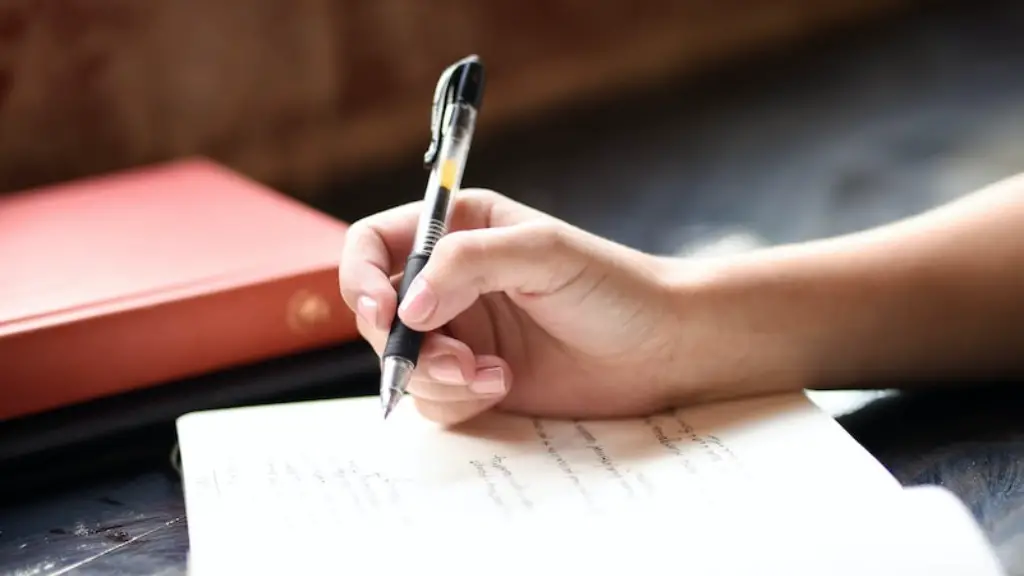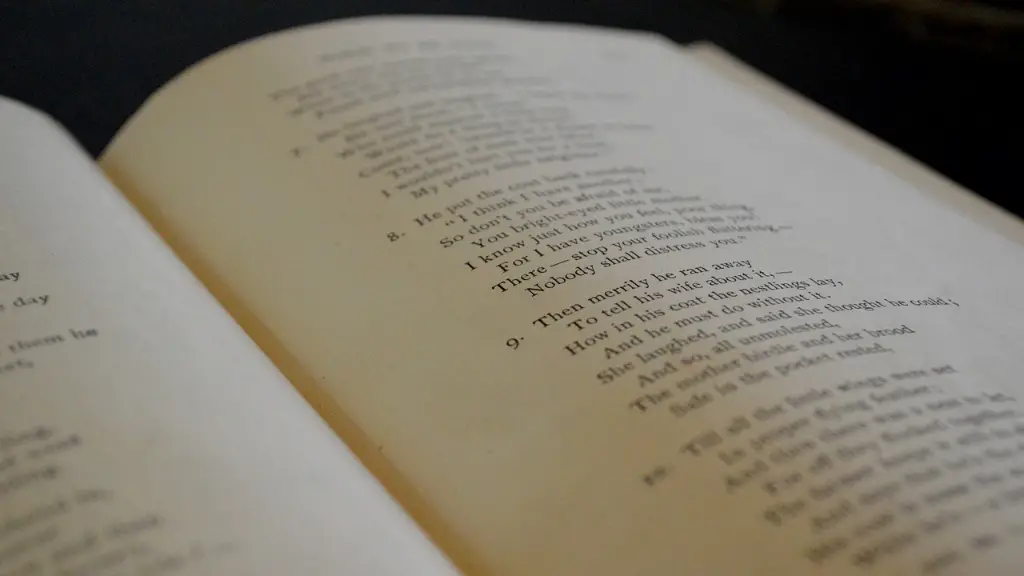Interpretation
Poetry has inspired people for centuries, and often brings back memories of classic works studied in classrooms. As such, it can be quite daunting to tackle poetry when preparing for an exam. Once you’re familiar with the various ways to interpret and study poetry for an exam, the task can become much easier.
Close Reading
‘Close reading’ of a poem is one of the most effective methods of analysis. It involves closely examining the text and every minor detail within it. This means going beyond the superficial meaning of the poem, and looking into the subtle implications of each phrase or element. The goal here is to appreciate the poem as a work of art and identify its various literary devices. To do this, try to identify the dominant attitude of the poem, the emotions, and the poetic meter or form. Take notice of the tone and mood, narrator, imagery, diction, and figures such as similes and metaphors.
Consider Context
Contextualizing the poem can shed light on its deeper implications and meanings. Research the poet, the form of the poem, when it was written, and the culture and historic context of the era. These factors can provide invaluable information into the deeper layers of a poem and how it might be interpreted. Knowing the context can also help you make connections between the words and the ideas of the poem, leading to greater insight into it.
Analyze Language and Sounds
The language and sounds of a poem are a good starting point when analyzing it. Notice word choice, sentence structure and sentences’ lengths, analogies, and alliteration. Pay attention to the use of poetic devices such as personification, symbolism, juxtaposition and hyperbole. All these elements can help you uncover the true layer of meaning beneath the poem.
Look Deeper
When interpreting a poem, delve deeper into its implications to gain a holistic understanding of its message. Explore how various elements of the poem interrelate, and look for hidden meanings and allusions. Analyze the significance of the poem’s themes, imagery, and form. Jot down your thoughts and interpretations, and consider how they might relate to the poem’s larger message.
Create Notes & Tests
Once you understand the poem, make notes and practice writing about it. Create a question-and-answer format for the poem, and then answer those questions. In this way, you can identify topics to focus on during the exam. Make sure to read the poem a few times and add notes, and take detailed notes on the new information you’ve gleaned during the process. Then, draw a structure based on the subjects and conclusions you have come to.
Evaluate
When studying for an exam, validate your understanding by testing it. Create a class presentation, discuss the poem with your peers, or write a short essay on the poem. Reflect on your ideas, the poem’s implications, the context and language, and create a clear and concise argument. Finally, use verbal and written expression to clearly express your understanding and evaluation.
Analyze Effect on Audience
The effect of the poem on its audience reveals its success in communicating its message. Evaluate the poem for its emotion and its ability to engage with its readers. Methodically dissect the poem, how it communicates its meaning, and how readers might respond to its various elements. Pay attention to the poetic devices used and how they were used for creating certain feelings in the reader.
Compare to Other Works
Comparing the poem to other works increases the depth of understanding. It is a useful technique to organize and classify its elements. Look at other poems of the same period and genre, and consider the similarities and differences. Take note of the themes, tones, and techniques used in both, and analyze their impact on audiences across different periods.
Themes and Motifs
Identifying the themes and motifs of a poem reveals intricate layers of meaning. Examine the recurring words, symbols and metaphors, and the emotions the poet wanted to elicit. Notice any characters, symbols, or ideas frequently mentioned and explore the depth of their significance. Identifying the poem’s themes and motifs will help you better understand the poem and recognize its unity.
Online Tools
There are also various online resources which can make the study of poetry for an exam easier. Look for online dictionaries for poetic terms, thesauri for creative word choice, and literature databases for locating relevant poems. These tools, combined with reading and thoughtful analysis, can equip you with all you need to approach an exam on poetry with confidence and success.


